The Howa Type 64 was developed in the late 1950s to replace the obsolete weapons being used by the Japanese Self Defense Forces. After prototypes using several different mechanisms, a short stroke, gas operated, tilting bolt design was chosen. It used a copy of the US M14 magazine, and was chambered in a reduced-power version of the NATO 7.62x51mm cartridge.
- Why This One Japanese Rifle Is Causing Major Headaches | CENSORED.TODAY
- Problem: Japan's Type 89 Rifle Isn't Ready for a War | CENSORED.TODAY
- The Japanese Military's Greatest Weakness: Really Bad Rifles? | CENSORED.TODAY
- The National Interest: Japan Actually Needs Better Military Rifles | My News Links - mynewslinks.com
- Japan Actually Needs Better Military Rifles | taktik(z) GDI
- Japan's Army Needs a Better Rifle | taktik(z) GDI
- China Is Pleased: Japan’s Military Rifles Are Seriously Lacking – Real Public News

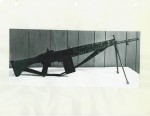
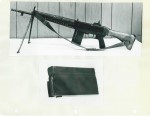
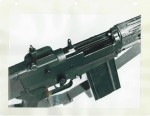
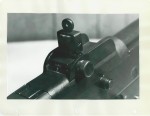
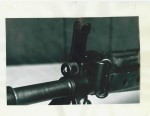
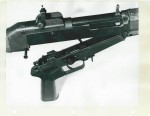
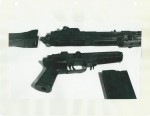
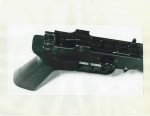
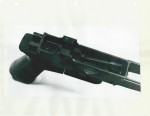
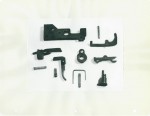
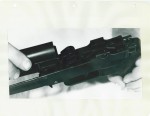
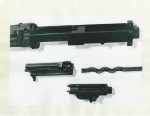
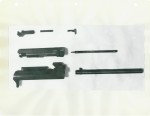
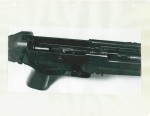
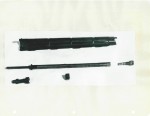
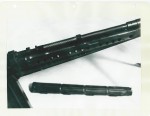
The Howa Type 64 Rifle, is a Japanese-exclusive battle rifle used by the Japanese Self-Defense Forces and the Japanese Coast Guard. It is a gas-operated, selective fire weapon which is chambered for the 7.62x51mm NATO round and uses a detachable 20-round box magazine. The Type-64 was never exported outside of Japan due to its strict anti-hardware export laws. It has been superseded by the more advanced Howa Type 89, but is still in service with all branches of the SDF and the Japanese Coast Guard. The Type 64 rifle is a gas operated, selective fired weapon. The gas and bolt system were most probably inspired either by the Belgian FN FAL or by Soviet Tokarev SVT-40 rifles. The Type 64 has a short-stroke gas piston located above the barrel and fitted with manual gas regulator. The barrel is fitted with a massive muzzle brake. The bolt is locked by tipping its rear end down into recess in the receiver floor. The charging handle is located above the bolt carrier and is readily accessible by either hand. The safety switch / fire mode selector is located on the right side of the receiver, above the trigger guard.
The working parts Look at first glance to be an extremely simple design, that could be reproduced with minimal machine tools.
In reality the gun was plagued with maniacal failure as a result of incredibly complicated and hard to clean parts. There was also an unsubstantiated rumor that parts would simply fall off the gun while in the field.
I could believe it as if you’ve ever seen modern pictures of the Rifles they’re often have what seems to be black electrical tape wrapped round them at certain parts.
From your name and your interest in machining, you aren’t Royal Nonsuch are you?
Does anyone have the bullet weight and velocity stats for the Japanese version of the 7.62×51?
Well, it would likely be the same as the 7.62 MM NATO round. That would be a 147 gr FMJ at about 2700 FPS. I say it would “likely be”, because the narrative above says it’s chambered for the NATO round…
No, it was NOT the same as the standard NATO round. It could fire said round, but it was commonly issued with a lighter bullet using less powder. It was actually controllable in full-auto fire.
A japanese friend once told me that the ammunition is loaded about 20% lighter than US M80 Ball.